
NASA’s Psyche Probe to Leave a Unique Blue Trail Across Space
Its thrusters are incredibly efficient, achieving a remarkable fuel efficiency of 10 million mpg of xenon
On the past Friday, NASA sent the Psyche spacecraft to an asteroid with the same name. This mission is special because it’s the first one going to a metal asteroid.
The spacecraft is not only making history but also leaving a blue trail. This blue trail comes from the spacecraft’s cool engine, and it’ll start working within the first 100 days of the mission.
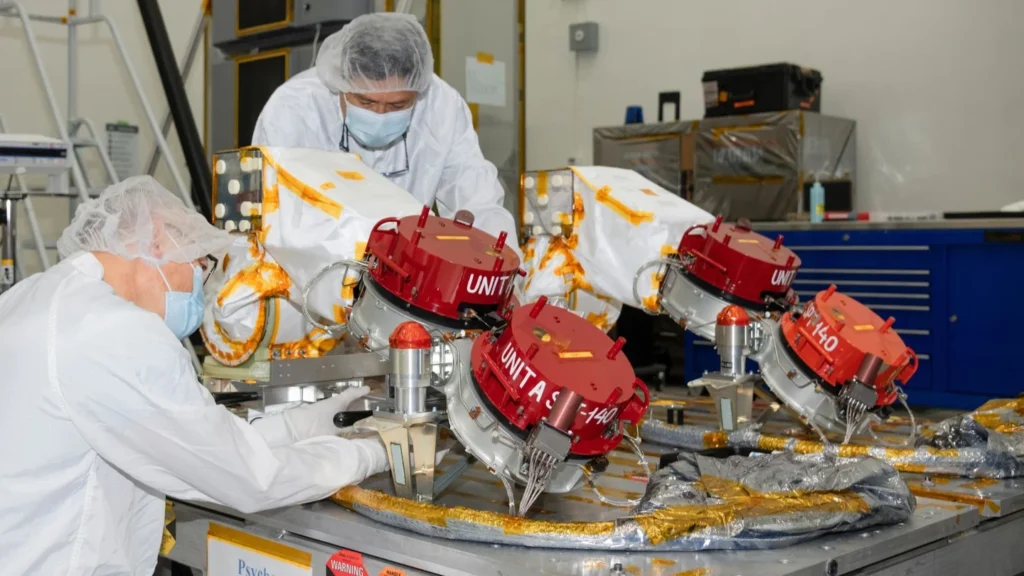
A thing called a Hall thruster is what makes the Psyche spacecraft go. This thruster shines blue because it turns xenon, a noble gas used in things like car headlights and plasma TVs, into ions to push the spaceship forward.
This is the first time we’re using this technology, which NASA started using for space travel in 2015, to go beyond the moon. But why is it so cool, and why did Psyche pick it?
When engineers plan space missions, they want to be super efficient. Imagine trying to drive all around the world and having to carry all the gas you need in your car because there are no gas stations along the way – that’s just not possible. If we used chemical fuel to get Psyche to its destination, we’d need tons and tons of it.
So, engineers came up with a smart idea: electric thrusters. There are lots of different types, just like there are many car brands. But for space travel, we mainly use two kinds – ion thrusters and Hall thrusters. These are like the Teslas of space engines.
Instead of burning fuel, they take the electrons from the fuel’s atoms in a process called ionisation. Then, they shoot these ions out at incredibly high speeds, like 80,000 miles per hour.
This makes the spacecraft super efficient, kind of like how miles per gallon works for cars, but in space. With these electric thrusters, the spacecraft can travel much farther using way less fuel.
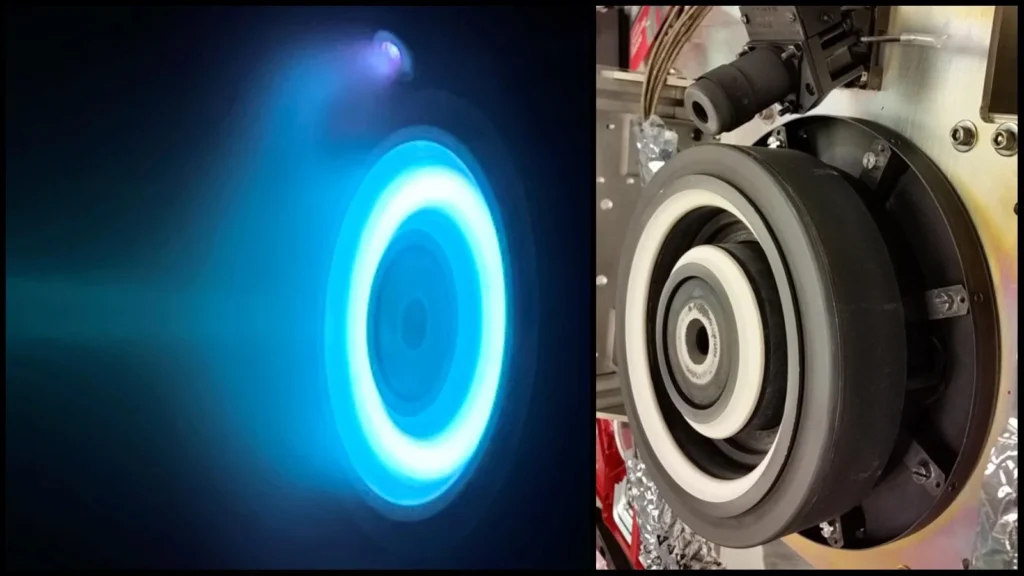
Ion thrusters work by using strong electric voltages to create a special kind of matter called plasma, which is like the fourth state of matter. Then, they shoot out ions into space. NASA’s Dawn mission used these thrusters to reach the dwarf planet Ceres, but they’re not super speedy.
In fact, it would take the spacecraft about four days just to go from 0 to 60 miles per hour. So, they’re not built for racing!
Now, Hall thrusters work a bit differently. They use a magnetic field to make electrons go in a circle, creating a stream of ions. They might not be as fuel-efficient as ion thrusters, but they have more power.
The Psyche team chose this system because it allowed them to build a smaller and more budget-friendly spacecraft.
To make these thrusters go, the spaceship needs two things: power from the sun, which it gets through solar panels, & something to turn into ions.
For Psyche, that’s xenon gas. Xenon is the best choice because it doesn’t react with the spacecraft’s other parts, and it’s easy to turn into ions. Plus, it’s what gives the thrusters their cool blue glow.
Psyche carries about 150 gallons of xenon and can travel about 10 million miles for every gallon of it.
Now that the mission is in motion, the team will spend the next 100 days making sure all the spaceship’s systems are working perfectly for the journey. During this time, those shiny blue thrusters will come to life.
If everything goes well with Psyche, we might see more missions using Hall thrusters in the future. They offer a great balance of saving money, being efficient, and having power.
Steven Scott, who manages the Psyche mission at the company Maxar (which made the thrusters), says they could be a big help for future missions to Mars and other places.
Thanks to these cool engines, Psyche should reach the asteroid belt in just 3.5 years, and we’re excited to discover what’s waiting at the end of its electric blue path.
Never miss any important news. Subscribe to our newsletter.
Related News


British Investor Who Predicted US Slump Warns of Next Crash

I’m a Death Doula: 4 Reasons I Believe Death Isn’t the End
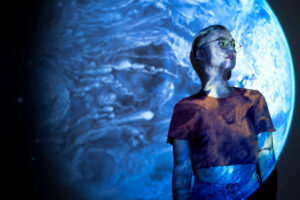
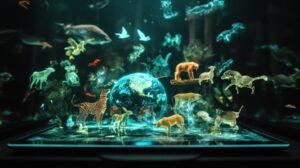
Tech to Reverse Climate Change & Revive Extinct Species

AI Unlocks the Brain’s Intelligence Pathways
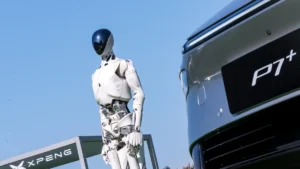
XPENG Unveils Iron Robot with 60 Human-like Joints
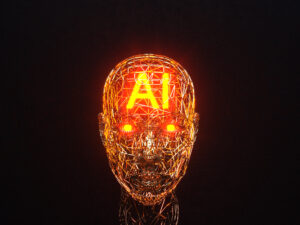
Can AI Outsmart Humanity?

11 ChatGPT Prompts to Boost Your Personal Brand

Keir Starmer Hints at Possible Tax Hikes on Asset Income

Navigating the Future of AI: Insights from Eric Schmidt
